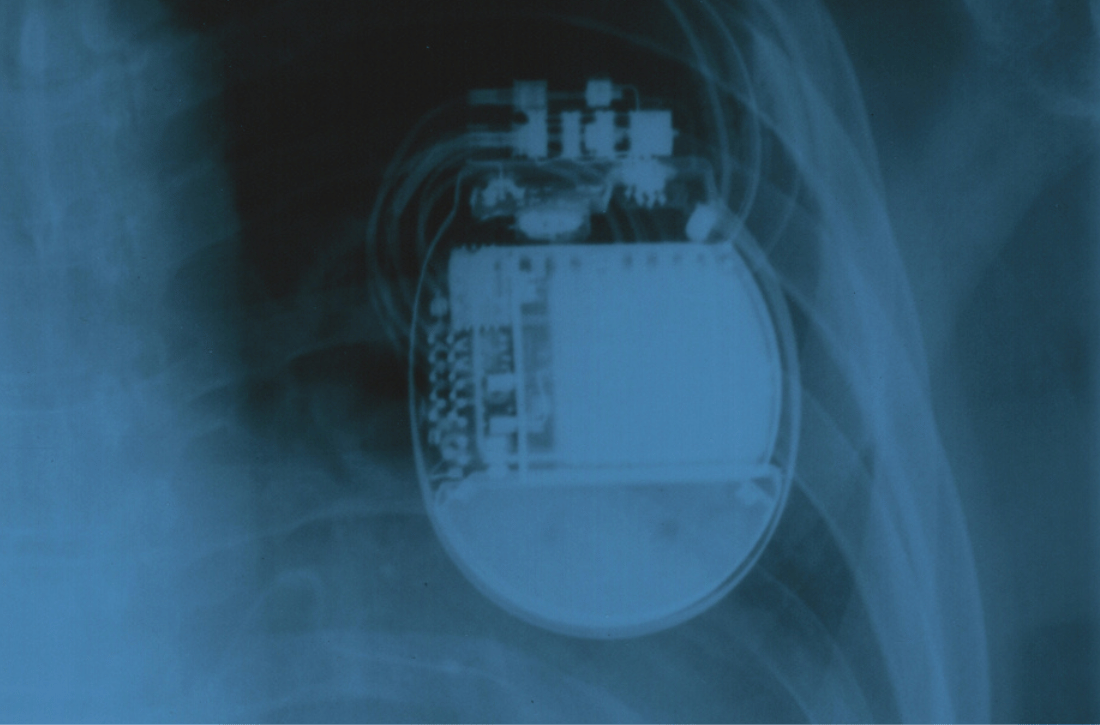CRT Implantation
Home - CRT Implantation

Cardiac Resynchronization Therapy (CRT) implantation is an advanced procedure used to treat heart failure in patients with electrical dyssynchrony – a condition where the heart’s chambers do not contract in a synchronized manner. CRT involves implanting a specialized device to improve the coordination of heartbeats, enhance heart function, and alleviate symptoms of heart failure.
Understanding Heart Failure and Electrical Dyssynchrony
Heart failure occurs when the heart muscle weakens and cannot pump blood efficiently to meet the body’s needs. Electrical dyssynchrony exacerbates this condition by disrupting the coordinated contraction of the heart’s chambers, leading to inefficient pumping and worsening symptoms.
Symptoms of Heart Failure
- Shortness of breath (dyspnea)
- Fatigue and weakness
- Swelling in the legs, ankles, or abdomen (edema)
- Rapid or irregular heartbeat
- Reduced ability to exercise
Indications for CRT Implantation
CRT implantation may be recommended for patients who have:
- Moderate to Severe Heart Failure: Despite optimal medical therapy, experiencing persistent symptoms and reduced quality of life.
- Electrical Dyssynchrony: Detected on electrocardiogram (ECG) or echocardiogram, indicating delayed or disorganized contraction of the heart chambers.
- Left Bundle Branch Block (LBBB): A specific type of conduction delay associated with poor prognosis in heart failure patients.
Components of Cardiac Resynchronization Therapy (CRT) Device
A CRT device consists of several components:
- Pulse Generator: Contains the battery and electronic circuitry that coordinates pacing of the heart’s chambers (ventricles) to improve synchronization and function.
- Leads (Electrodes): Insulated wires placed in the right atrium, right ventricle, and left ventricle to deliver synchronized electrical impulses and monitor heart activity.
- Programming Device: Used by healthcare providers to adjust CRT settings, optimize pacing parameters, and monitor heart function during follow-up appointments.
Types of CRT Devices
Cardiac Resynchronization Therapy Pacemaker (CRT-P)
A CRT-P device functions like a traditional pacemaker, delivering electrical impulses to synchronize the contraction of the heart’s chambers (ventricles) and improve heart function in patients with heart failure and electrical dyssynchrony.
Cardiac Resynchronization Therapy Defibrillator (CRT-D)
A CRT-D device includes defibrillator capabilities, delivering shocks to terminate life-threatening arrhythmias such as ventricular fibrillation (VF) or sustained ventricular tachycardia (VT), in addition to resynchronizing heartbeats in heart failure patients.
CRT Implantation Procedure
Pre-Procedure Preparation
Before CRT implantation, you will undergo:
- Medical Evaluation: Including a physical exam, electrocardiogram (ECG), echocardiogram, and possibly a stress test to assess heart function and identify any underlying conditions.
- Discussion of Procedure: Your cardiologist will explain the purpose of CRT implantation, expected benefits, risks, and alternative treatment options.
Procedure Steps
- Anesthesia: Local anesthesia is administered to numb the area where the CRT device will be implanted, usually near the left or right collarbone.
- Lead Placement: Your cardiologist makes a small incision to access a vein near the collarbone and guides the leads through the vein into the heart chambers (right atrium, right ventricle, and left ventricle) using fluoroscopic imaging for guidance.
- Pulse Generator Placement: The pulse generator (CRT device) is placed under the skin through a small incision near the collarbone and connected to the leads.
- Testing and Programming: Once the CRT device is implanted, it is tested to ensure proper function and programmed to deliver synchronized electrical impulses to coordinate heartbeats and improve heart function.
- Closure: The incision site is closed with sutures or adhesive strips, and a sterile dressing is applied.
Recovery and Hospital Stay
- Immediate Post-Procedure: You will be monitored in a recovery area to ensure stability and may stay overnight for observation, depending on your overall health and the complexity of the procedure.
- Follow-Up Care: Your cardiologist will schedule follow-up appointments to monitor CRT device function, adjust settings if needed, and address any questions or concerns you may have.
Living with Cardiac Resynchronization Therapy (CRT)
Living with CRT involves:
- Activity Recommendations: Following guidelines to gradually increase physical activity and exercise tolerance under the guidance of healthcare providers.
- Medication Adherence: Taking prescribed medications as directed to manage heart failure symptoms and support CRT device function.
- Regular Follow-Up: Attending scheduled follow-up appointments with your cardiologist to monitor CRT device performance, optimize settings, and evaluate heart function.
Conclusion
Cardiac Resynchronization Therapy (CRT) implantation is a sophisticated treatment option for patients with heart failure and electrical dyssynchrony, aimed at improving heart function, alleviating symptoms, and enhancing quality of life. Dr. Ankeet Dedhiya and our expert team of cardiologists and electrophysiologists are committed to delivering personalized care. We leverage advanced technology to maximize outcomes for patients undergoing CRT therapy. Whether you’re navigating heart failure symptoms or exploring treatment options, we’re here to accompany you on your path to achieving optimal heart health.
FAQ
Frequently Asked Questions
Cardiac Resynchronization Therapy (CRT) is an advanced treatment for heart failure that involves implanting a specialized device to synchronize the heart's contractions. It is used to improve heart function and alleviate symptoms in patients with electrical dyssynchrony.
CRT may be recommended if you have moderate to severe heart failure despite optimal medical therapy, and if tests show electrical dyssynchrony or left bundle branch block (LBBB). Symptoms include shortness of breath, fatigue, and reduced exercise capacity.
CRT-P (Pacemaker) delivers synchronized electrical impulses to coordinate heartbeats and improve heart function. CRT-D (Defibrillator) not only provides resynchronization but also includes defibrillator capabilities to treat life-threatening arrhythmias like ventricular fibrillation or sustained ventricular tachycardia.
The CRT device is implanted under the skin near the collarbone. Leads (wires) are placed into the heart chambers (atrium, ventricles) to deliver synchronized impulses. The procedure is done under local anesthesia, and recovery typically involves overnight observation.
Recovery includes monitoring in a specialized unit to ensure the device functions properly. Your cardiologist will adjust settings as needed during follow-up visits and monitor your progress to optimize heart function and symptom relief.
The procedure generally takes a few hours. Your healthcare team will provide specific details based on your individual health and the complexity of the procedure.
You may need medications to manage heart failure symptoms and support the function of the CRT device. Your cardiologist will prescribe medications tailored to your specific needs and health status.
Following CRT implantation, it's important to gradually increase physical activity under medical guidance, adhere to prescribed medications, attend regular follow-up appointments, and maintain a heart-healthy diet to optimize treatment outcomes.
While CRT implantation is generally safe, there are risks such as infection, bleeding, lead dislodgement, and pneumothorax (lung collapse). Your healthcare team will discuss these risks and measures taken to minimize them during the procedure.
CRT devices typically last several years before requiring replacement. Regular follow-up appointments with your cardiologist are essential to monitor device function and determine when replacement may be necessary.
CRT implantation is performed at specialized hospitals with cardiac electrophysiology capabilities. Your cardiologist will refer you to a centre equipped to perform CRT and provide comprehensive care throughout your treatment journey.
